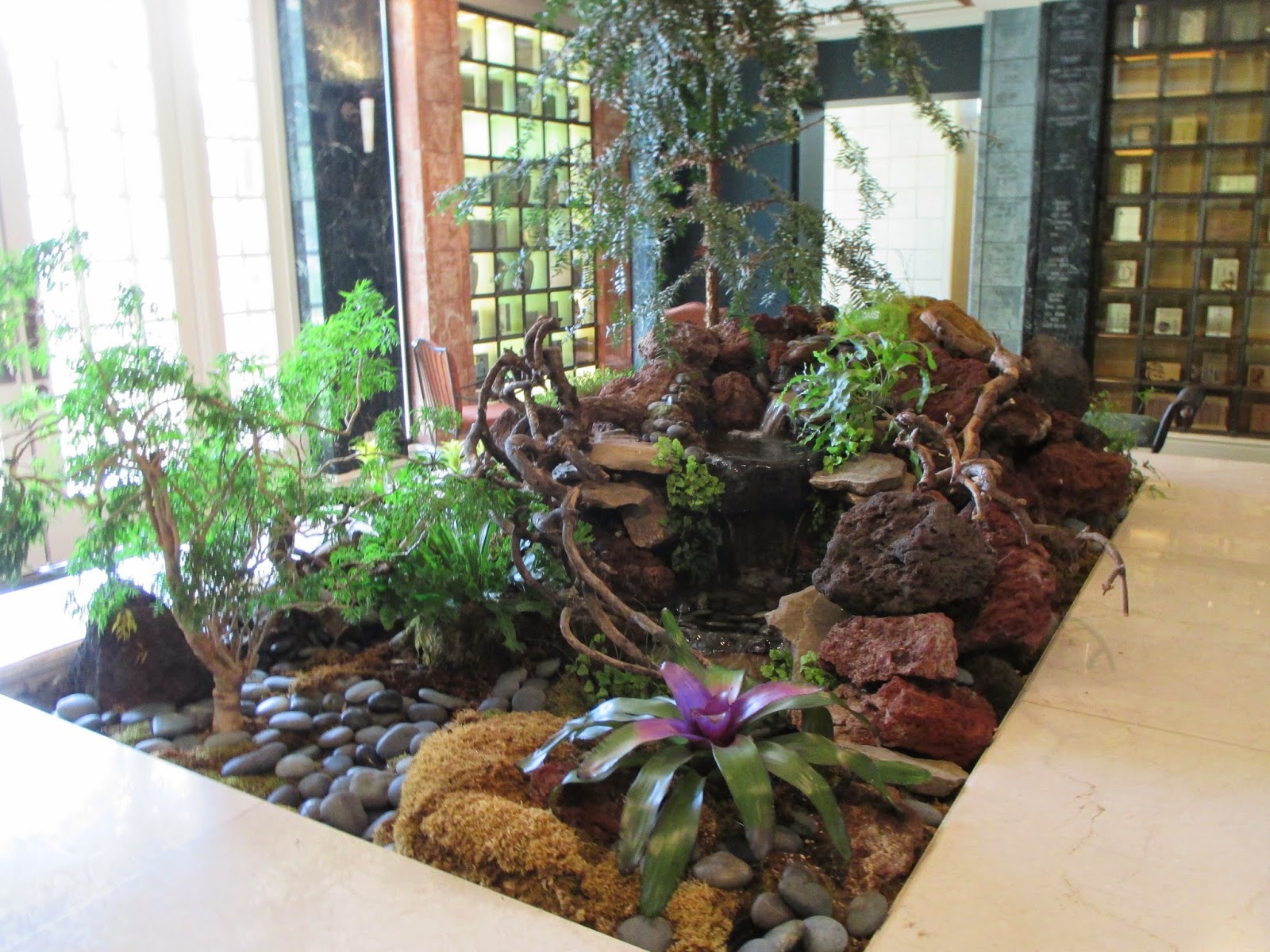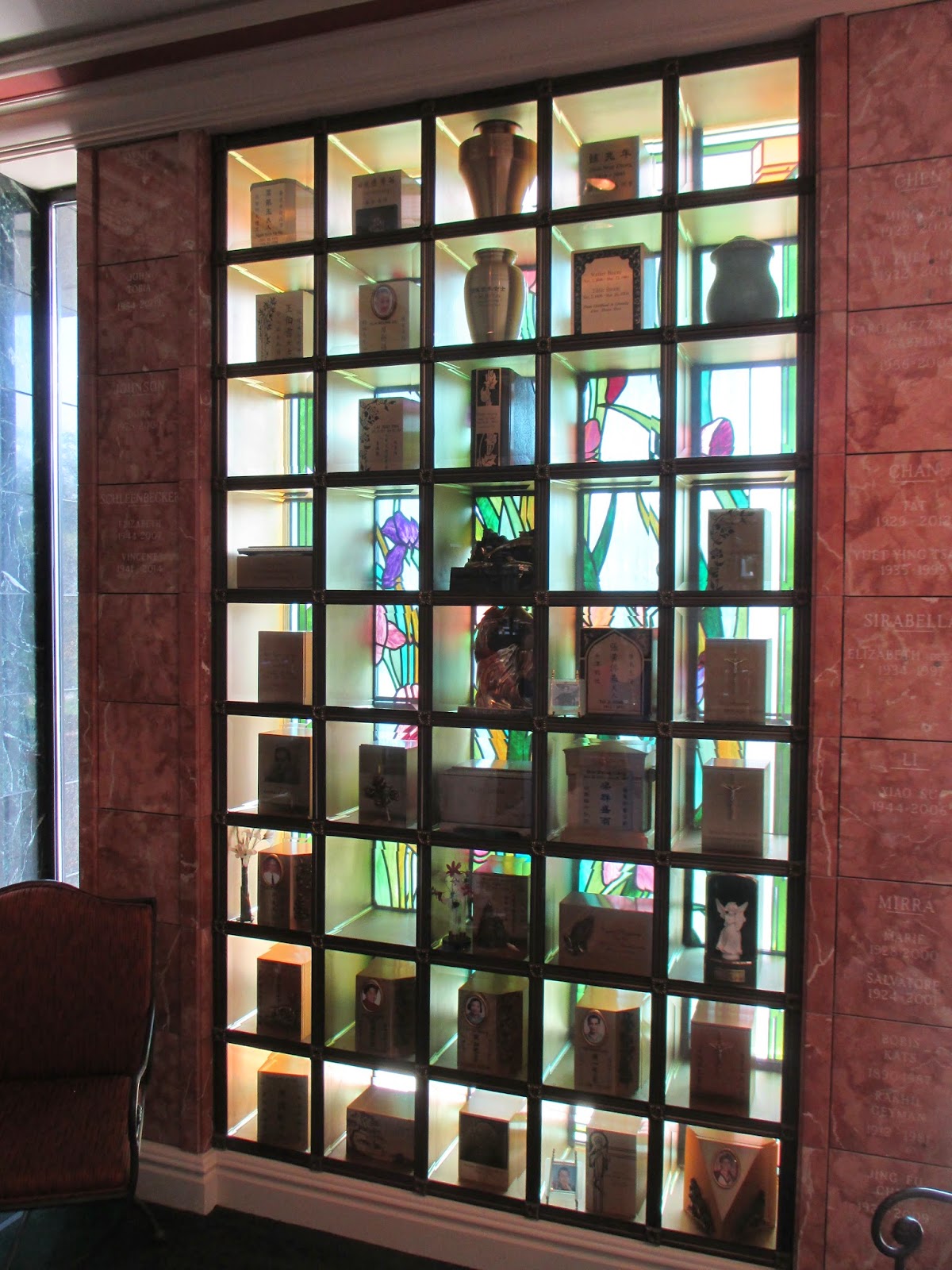HOMEBODIES AMID WALLFLOWERS
It’s a four-letter word that implies rapport rather than dissonance.
It’s where the heart is.
It’s often a haven… a refuge from worldly chaos.
It’s where enduring memories are made.
HOME is so much more than a building. Before society relied on hospitals and funeral establishments, it was even a place for birth and death… for penetrating immersion in life’s beginnings and endings.
Through the evolution of generational cycles of resurgence, new forms arise. In these modern times, a funerary practice of the past has resurfaced as an option in the present. Although people aren’t necessarily aware of it, they can provide after-death care and conduct commemorations in a residential home or at an alternative site where the decedent had lived.
State laws determine the extent to which such ministrations and related activities can take place. Though a few states require services of a funeral director for a limited number of specified tasks, most allow families to determine just how much direct participation suits them. Generally, they may attend to a few, many, or all details independently and informally amid familiar surroundings.
Advocates of this practice note that participation of relatives and friends, including children, can be a life-changing and enriching experience as natural processes are witnessed and the reality of death is tangibly realized. By adopting functional roles, a feeling of helplessness can be counteracted. A sense of purpose as a team member can be therapeutic.
A wide range of opportunities for involvement makes it possible for people to engage themselves in ways that are most comfortable for them. It can be a matter of merely keeping a decedent’s body on the premises for a while, sometimes up to three days or for a shorter time, even if death occurred elsewhere. Participants may simply choose to fill out and file paperwork, namely, for the death certificate that will have to be filed in order to obtain permits. Or some may become connected to the transactions by writing an obituary or memorial announcement, or by transporting the body to a cemetery or crematory in an ordinary vehicle – usually a van, truck, or sport utility vehicle. Otherwise, funeral home personnel can be delegated to take care of those matters.
Physical preparation for final disposition can be done in a home, if desired. This typically entails washing and dressing a body in garments that may have been chosen by the decedent or by the family. Then dry ice is placed in a pillowcase or towels and positioned underneath and around the body on a bed or in a casket. Bodies can be maintained this way under cool conditions for about two to three days. A body may be placed on top of flower petals or covered with a sprinkling of them; it may lie on a bed of aromatic cedar chips or other matter deemed significant to the person’s life.
Some folks want only to spend a few hours with their loved ones, sitting or lying nearby, touching, singing, listening to music, or engaging in a previously shared activity. Either a private gathering of close family members or an open house visitation with meals and camaraderie among friends may be preferred. In a spirit of community among the mourners, a simple pine or cardboard box may be built and/or decorated (maybe even prior to the event by the person who had been terminally ill), a basic urn may be embellished, or people may create some other type of funerary art. The interior and exterior of a casket may be adorned with representative thematic elements, mementos, and expressions, or painted in colors that were favorites or those that pertain to an aspect of the individual’s experiences, such as school or team colors.
Personally conducted ceremonies may be held, with poems, stories, songs, rituals, and caring gestures, often exuding originality and reflecting religious, cultural, or pivotal influences. Home-based gatherings can be combined with faith-based rituals conducted in places of worship.
Sometimes family and friends even handle the final disposition. This might include digging a grave and placing the body in it, witnessing a cremation, or scattering cremated remains.
So home funerals can have different meanings for different people. But the approach is governed by flexibility and the varying predispositions of those involved. Regardless of the degree of participation by family and friends, their initiatives can be jointly intertwined with funeral directors’ services, even utilizing their facilities for some or most of the operations and affairs.
Proponents of this approach to death management cite many benefits. Embalming is not done. More time in the presence of the decedent allows for gradual adjustment to the loss with flexibility for viewing, visitation, and ceremonies. It is believed that within this context, when all of one’s senses are exposed to death, it is understood better. That is, the unknown becomes known and the grieving process is facilitated. Family members have more control than they would otherwise. Such an intimate act of caring is more personal and inspires a spirit of community. The mood among those gathered can range from tranquil to enlivening and can unfold spontaneously. In accustomed surroundings, people can express emotions freely and do whatever they want outside the confines of a strict schedule and without feeling self-conscious about being observed or supervised. Honest discussions with children about death can occur more naturally in these settings. The home environment promotes uniqueness and offers creative outlets that may be especially cathartic for people who are having difficulty articulating their feelings. And without employing consumptive funerary services and products, personal ministrations can be economical.
However, the hands-on element of a family-centered approach is not for everyone. The prospect of being in the perpetual presence of a deceased body could readily be regarded as startling. Assuming responsibility for handling the details might seem overwhelming. For future mourners disinclined to choose this alternative avenue, it is always reassuring to know that specialists in the funeral industry are ready and willing to shift into high gear and provide the essential services.
Otherwise, people who intend to be involved extensively as home-based providers should prepare themselves ahead of time, ideally, through structured workshops so they will know what to expect.
There has been national recognition of the home funeral reincarnation. Educational materials are available through organizations that advance the concept via literature, presentations, and in-service education programs. The online Home Funeral Directory has a roster with contact information to access supporters and organizations that provide information and assistance. “Death care consultants” or “home funeral guides” offer families specific instructions and suggestions through workshops and consultations as well as personal on-site guidance at the time of death.
Though ancestors routinely engaged in such practices, this is not something that can be done at the drop of a hat or, rather, upon the sudden drop of a person. If interest and inclinations are pre-determined, pathways of preparation will pave the way most optimally to a gratifying and memorable experience.
Certain segments excerpted from
Pondering Leaves: Composing and Conveying Your Life Story's Epilogue













